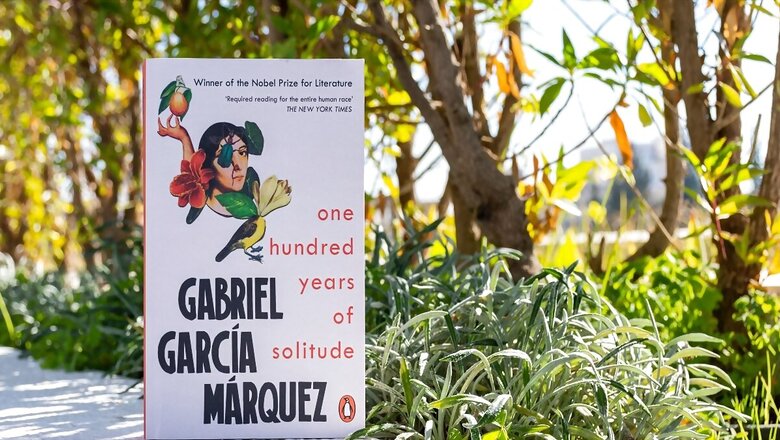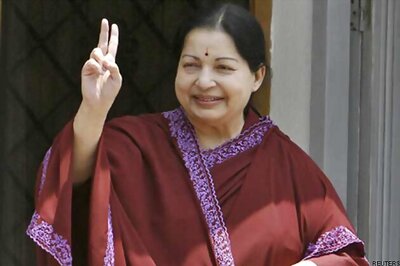
views
Magical realism, as a literary genre, emerged in the mid-twentieth century in Latin America. This form of writing has since spread to other parts of the world and influenced authors regardless of the language they wrote in. It combines elements of the fantastic with realistic narrative techniques to create a unique style of storytelling. It revolutionized literature by challenging traditional notions of realism and creating a new way of understanding the world through literature.
Like the name suggests magical realism blends the real and the fantastic. Unlike traditional fantasy, which often takes place in imaginary worlds, magical realism is rooted in the real world, with fantastical elements appearing alongside everyday occurrences. This blending of reality and fantasy allows magical realist writers to explore complex themes in a way that traditional writing cannot.
Magical realism also challenges the notion of objective reality. In magical realist writing, the supernatural and fantastical are presented as natural and ordinary parts of the world. This approach allows writers to question the boundaries between reality and imagination, and to explore the subjective nature of human experience. By doing so, magical realism offers a new way of thinking about reality and human perception.
There are many great books that fall under the category of magical realism, and here are some of the most well-known and critically acclaimed ones:
- “One Hundred Years of Solitude” by Gabriel Garcia Marquez – A multi-generational family saga set in the fictional town of Macondo, Colombia, that incorporates elements of magical realism to explore themes of love, family, and the cyclical nature of history.
- “The House of the Spirits” by Isabel Allende – A family epic set in Chile that follows several generations of the Trueba family, weaving together magical elements with political turmoil and personal drama.
- “Beloved” by Toni Morrison – A haunting tale of slavery and its aftermath in the United States, which incorporates elements of magical realism to explore the legacy of slavery and the trauma it inflicted on African Americans.
- “Like Water for Chocolate” by Laura Esquivel – A love story set in Mexico that incorporates magical realism to tell the story of Tita, a young woman whose emotions are so strong they have the power to affect the people around her.
- “The Master and Margarita” by Mikhail Bulgakov – A surreal and satirical novel set in Soviet-era Moscow, which follows the devil and his retinue as they wreak havoc on the city.
- “The Wind-Up Bird Chronicle” by Haruki Murakami – A dreamlike novel set in Japan, which follows the protagonist’s journey to find his missing wife and explores themes of identity, memory, and the subconscious.
- “Midnight’s Children” by Salman Rushdie – A magical realist novel that explores the history of India through the lives of its characters, who were all born at the stroke of midnight on August 15, 1947, the day India gained independence from Britain.
These are just a few examples of the many excellent books that fall under the category of magical realism.
Read all the Latest Lifestyle News here

















Comments
0 comment